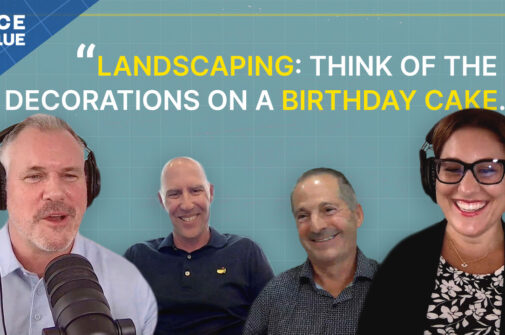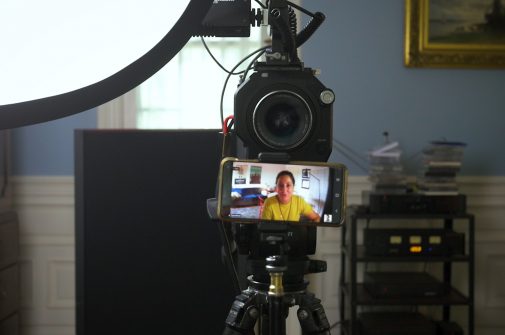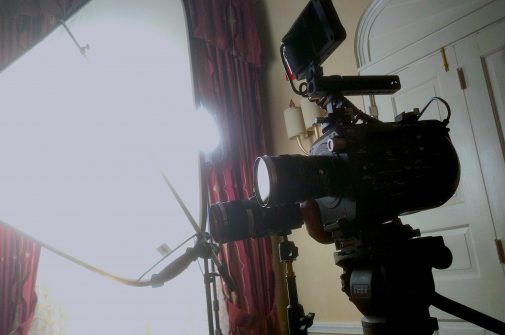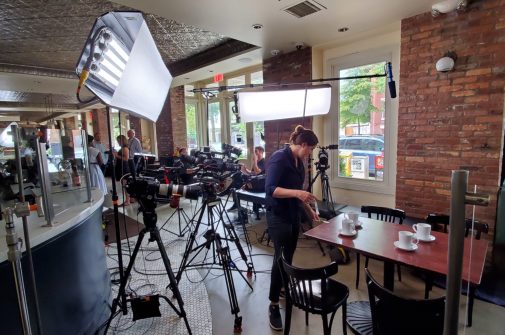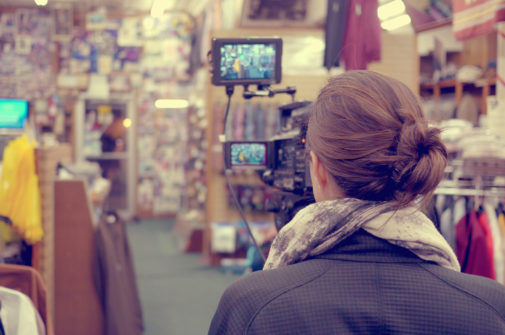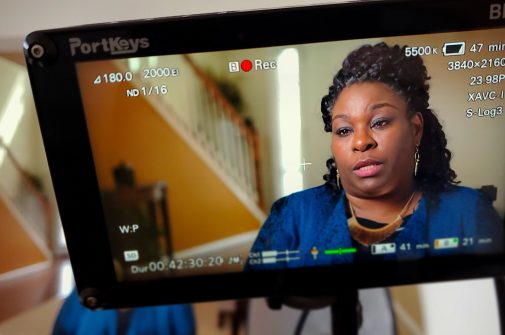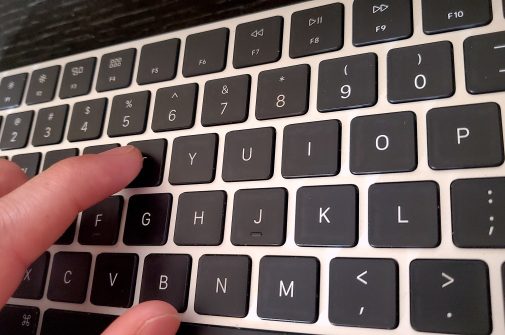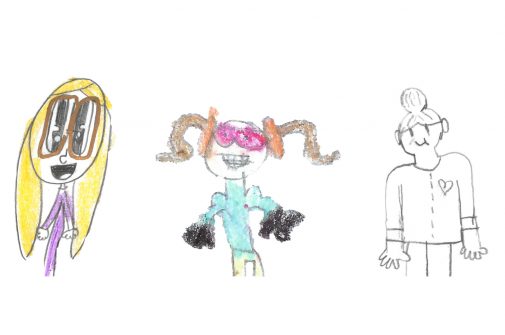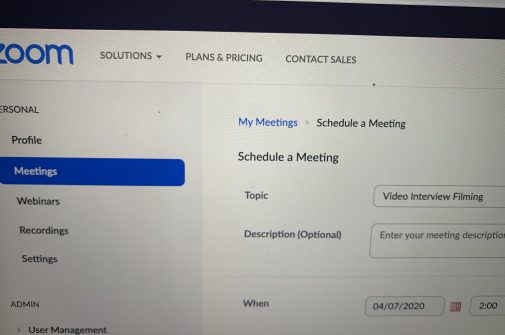Organizations have a thirst for content; a desire to engage their audience regularly. We’ve been working for 15 years to meet that need with cinematic, authentic stories of impact. Yet a complementary approach to content creation has recently struck our interest: the podcast.
Blog
Leveraging AI in Non-Fiction Video Production: The Future?
If you haven’t been sleeping under a rock, I’m sure you’ve heard about or used ChatGPT in recent months. Since its public release 5 months ago, it seems as if the technology has made leaps and bounds, and endless media coverage laments the potential loss of jobs/fields, the end of work entirely, or the complete destruction of humanity (hello Skynet).
Two Key Solutions for Capturing Professional Video During COVID
Since COVID, we’ve worked hard to reimagine our work as storytellers by utilizing existing footage in fresh ways, creating animated stories and asking subjects to record themselves remotely. These approaches were drawn from early experiences pivoting our content creation during the pandemic.
How to Salvage a Failed Video Project
Often a failed video comes as a result of unclear goals and audience. Without clearly defined goals and audience, it’s easy for the video to lose its way – it’s confusing, long-winded, lacking emotion and overstuffed with information. Revisit the client’s original goals and audience and ensure that those remain when beginning to tackle the project.
Seven Ways to Boost Your Creativity
We’ve been thinking a lot lately about creativity, specifically taking creative risks. As we get older, we become more fearful of taking creative risks while at the same time having more confidence in our creative ability. It’s a strange mindset, but one we’re willing to bet is faced daily by creative professionals.
How to Budget for Video
A video production has many moving parts, each incurring its own cost with many variables affecting that cost. Clients often approach us, asking: “how much does a 3 minute video cost?” And we’ll answer, “well, it depends” and then we’ll ask questions. Often, they’ll pause on the answers. So we thought it would be helpful to break down the questions every organization should ask and answer before budgeting a video production.
5 Types of Video Every Organization Needs
Organizations often approach us requesting a single video that will do everything for them. It must communicate the nuance of what they do and how, in an emotional and engaging way. “Oh, and can you do it in 2 minutes or less?” Instead, we recommend a collection of video assets that can serve different purposes on multiple platforms. That means using different approaches. Here are 5 types of video every organization needs and why.
Ultimate Guide to Using Stock Music Libraries
We frequently use stock music in our work. Whether it’s for an event-based video or web-only release, music plays a vital role in enhancing emotion, connecting ideas, facilitating narrative flow and adding punch. Here’s our guide for how to best use music libraries in your video content creation.
How We Light Interviews for Authenticity & Intimacy
Authenticity and intimacy are the qualities in our work we are most proud of. These qualities can come from real moments we film as well as interviews we capture during production of videos for non profit and corporate clients. For interviews in particular, we’ve honed a visual approach over the years that we think results in high-quality imagery that feels authentic and intimate. Here’s how we do it.
How to Script Nonfiction Video
When developing our long-form documentary films, there’s often an element of discovery in the production process. We’ll spend time with people over the course of weeks, observe them and learn of new opportunities to film. But just as often as we wait for interesting moments to unfold on screen, we also conceive of opportunities to film.
Kids as Superheroes Against Coronavirus
As filmmakers, we wanted to contribute to storytelling during the coronavirus pandemic. But in the early days of the pandemic, we were unsure of how to start; we hadn’t yet considered how to film people safely. We were interested in how kids were processing this time – we are parents of young children – and thought we could ask them to share their perspective through interview and illustration.
Essential Tips for Filming Video Content Remotely
In this new world of social distancing, producers must get creative in the ways in which we’re able to continue to create content. One way is to film interviews remotely, using zoom/skype/facetime to direct the subjects and then edit that content in engaging ways. It’s user-generated content on steroids. Here’s some tips for how to capture interviews remotely and produce high quality, useable material.
